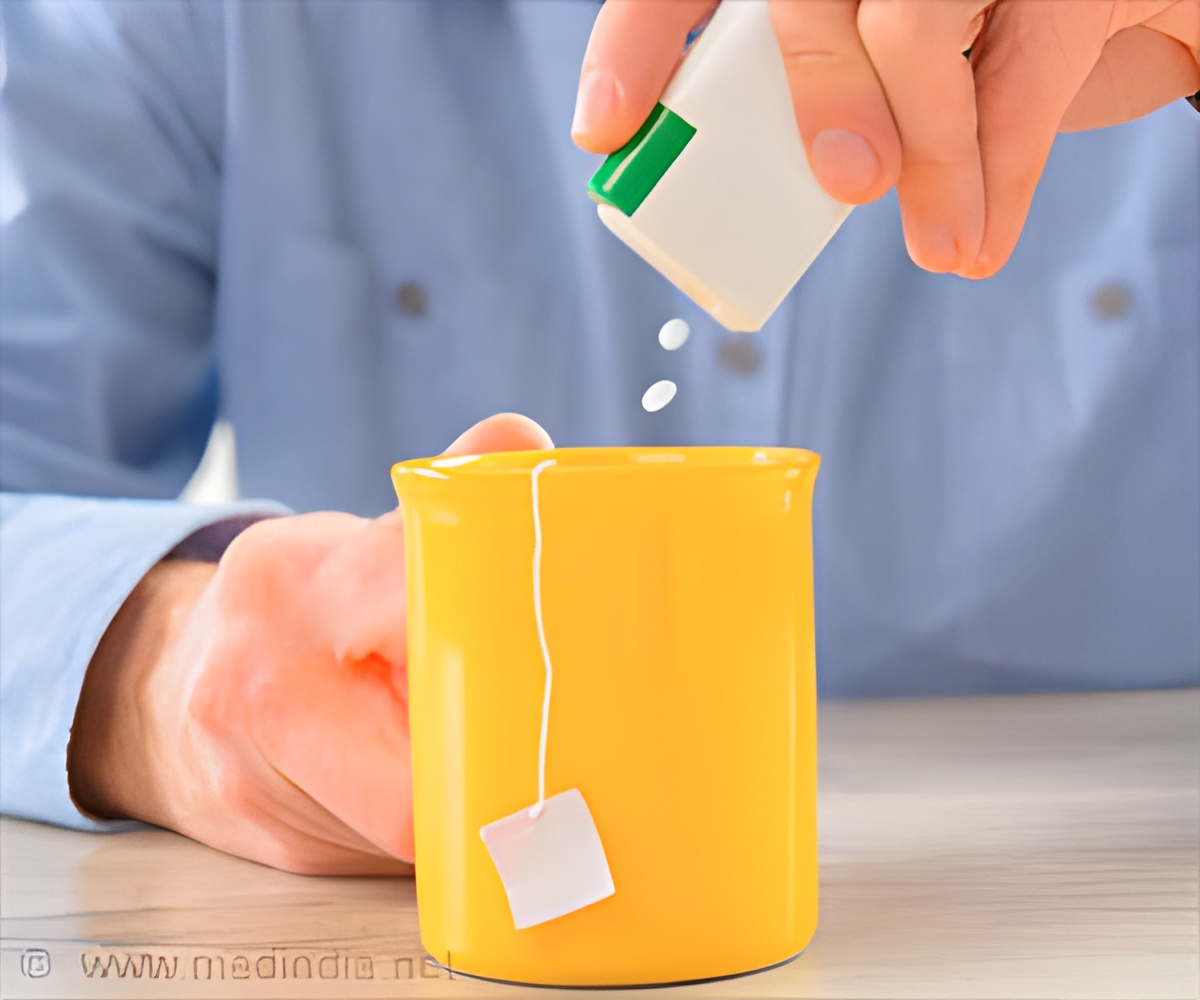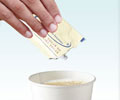Artificial sweetener sucralose poses a huge environmental threat by affecting drinking water and aquatic environments.

‘Artificial sweetener sucralose is now becoming an emerging pollutant that affects drinking water and aquatic environments. #ArtificialSweetner #EnvironmentalHealth #WaterPollution’





Sucralose: An Emerging Water Pollutant
Schafer is a co-author of a recently published study demonstrating how sucralose affects the behavior of cyanobacteria — an aquatic photosynthetic bacteria — and diatoms, microscopic algae that account for more than 30% of the primary food production in the marine food chain (1✔ ✔Trusted SourceSucralose (C12H19Cl3O8) impact on microbial activity in estuarine and freshwater marsh soils
Go to source).
Researchers collected soil and water from a freshwater site and a brackish water site in Marineland, Florida. Back at their St. Augustine lab, they exposed samples to different sucralose concentrations and measured photosynthesis and microbial respiration in two separate time studies: every four to six hours during a single day and every 24 hours over the course of five days.
Compared to a control group, the concentration of freshwater cyanobacteria increased when samples were exposed to sucralose, but the concentration of brackish cyanobacteria spiked and then crashed when dosed.
How Does Sucralose Affect the Environment?
“There is the potential that the freshwater communities might be mistaking sucralose for a nutrient, for a sugar that they can use as food,” said Amelia Westmoreland, the study’s lead author and a scientific researcher who worked on the project while completing her undergraduate degree in chemistry.Both freshwater and brackish diatoms exposed to sucralose displayed an overall decreasing trend in population compared to a control group. The difference between dosed samples and the control group was most profound, however, in the freshwater experiments.
Advertisement
“Extreme examples of how this could play out are the diatom community could disappear, and the other extreme is this community could completely overtake everything else,” she said.
Advertisement
“I think this study was a good first step in starting to look at how sucralose could impact our aquatic communities, and hopefully it will drive more research forward,” Schafer said.
References:
- Sucralose (C12H19Cl3O8) impact on microbial activity in estuarine and freshwater marsh soils - (https://link.springer.com/article/10.1007/s10661-024-12610-5)
Source-Eurekalert










